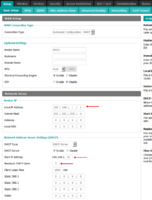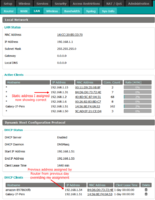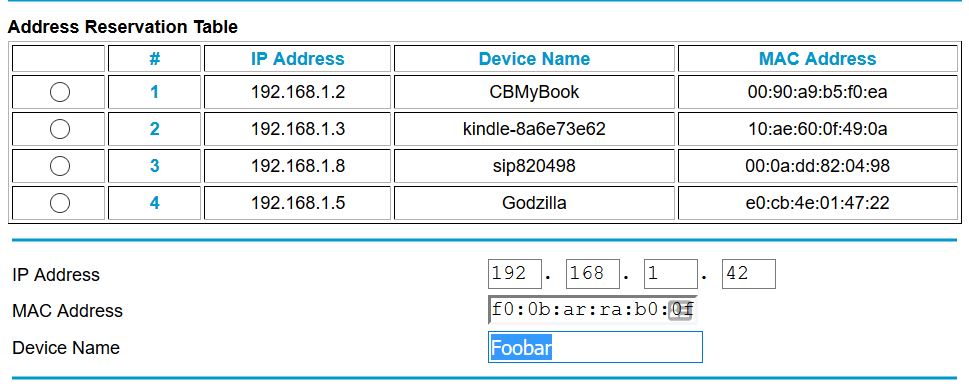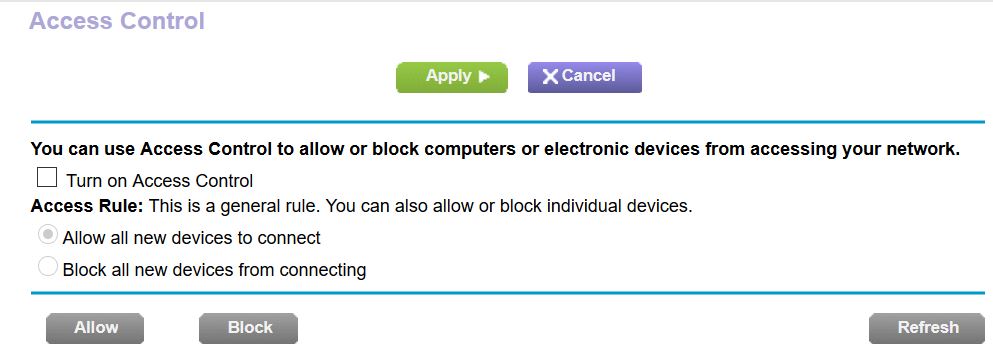videobruce
Limp Gawd
- Joined
- Jan 21, 2005
- Messages
- 412
I hope I can explain this correctly, sorry if I don't. Some 'assumption' on my part is included.
I assign static IP addresses to the clients, always have done so. Two Desktops, One Laptop, two DVR's one ATA (VoIP adapter) and now one 'Streaming box. All wired except a Laptop.
Not a problem until I assigned one to this Streaming box (Fire TV 2).
Looking at the attachments, specific the 2nd one, I assigned '31' (last segment/octet in the address) to the FTV. It showed correctly in that screen.
When I looked at the LAN page in the Router, it the last IP segment/octet was '54' which is in the allowable 'limit range' I specified, not the static '31' I assigned in the device.
Today, I now see it is showing correctly as '31' with what appears to be the former Router assignment (if that is the correct term) as '54' at the bottom of the page which I assume is a 'history' list.
Can this behavior be due to "lease time"?
When I initially connected the device to the Router, it was in auto assigned address mode. Can I assume the 'clock' started running at that point before I set a static address??
I hope that made sense.
I assign static IP addresses to the clients, always have done so. Two Desktops, One Laptop, two DVR's one ATA (VoIP adapter) and now one 'Streaming box. All wired except a Laptop.
Not a problem until I assigned one to this Streaming box (Fire TV 2).
Looking at the attachments, specific the 2nd one, I assigned '31' (last segment/octet in the address) to the FTV. It showed correctly in that screen.
When I looked at the LAN page in the Router, it the last IP segment/octet was '54' which is in the allowable 'limit range' I specified, not the static '31' I assigned in the device.
Today, I now see it is showing correctly as '31' with what appears to be the former Router assignment (if that is the correct term) as '54' at the bottom of the page which I assume is a 'history' list.
Can this behavior be due to "lease time"?
When I initially connected the device to the Router, it was in auto assigned address mode. Can I assume the 'clock' started running at that point before I set a static address??
I hope that made sense.
![[H]ard|Forum](/styles/hardforum/xenforo/logo_dark.png)






